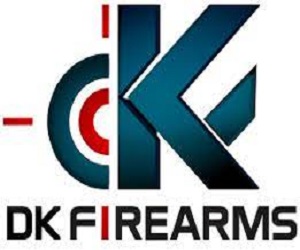iH8DemLibz
When All Else Fails.
Calling all gun freaks who do stupid stuff.
Here's the dilemma.
I have a spare H&R shotgun receiver and a spare 45-70 barrel. I want to mate the two together as the fit is perfect between the two parts.
The listed chamber pressure rating for a 45-70 Trapdoor load is about 17,000 to 27,000PSI.
H&R will install a 44 magnum barrel on a shotgun receiver. A 44 magnum rifle chamber pressure is rated at 25,000 to 35,000 PSI.
Soooooooooo, it seems OK to mount a 45-70 barrel on a shotgun receiver. PSI is PSI is PSI. Right???
I spoke with H&R about this and after 10 minutes of the guy telling me he can't comment for safety reasons, he finally commented and said it would be fine. Either he was telling me the truth or he wanted me off the phone.
Keep in mind that these will be hand loads. 55 grains of H335 under a 300 grain JHP bullet. 2 grains under the starting load of 57 grains and under 17,000 PSI.
There is always the tree and string method of testing too.
Thoughts.
Here's the dilemma.
I have a spare H&R shotgun receiver and a spare 45-70 barrel. I want to mate the two together as the fit is perfect between the two parts.
The listed chamber pressure rating for a 45-70 Trapdoor load is about 17,000 to 27,000PSI.
H&R will install a 44 magnum barrel on a shotgun receiver. A 44 magnum rifle chamber pressure is rated at 25,000 to 35,000 PSI.
Soooooooooo, it seems OK to mount a 45-70 barrel on a shotgun receiver. PSI is PSI is PSI. Right???
I spoke with H&R about this and after 10 minutes of the guy telling me he can't comment for safety reasons, he finally commented and said it would be fine. Either he was telling me the truth or he wanted me off the phone.
Keep in mind that these will be hand loads. 55 grains of H335 under a 300 grain JHP bullet. 2 grains under the starting load of 57 grains and under 17,000 PSI.
There is always the tree and string method of testing too.
Thoughts.



